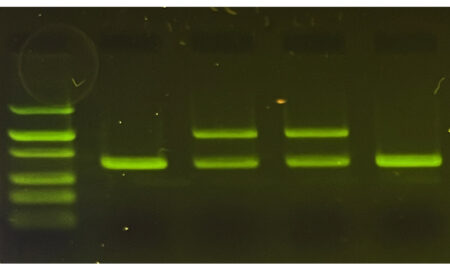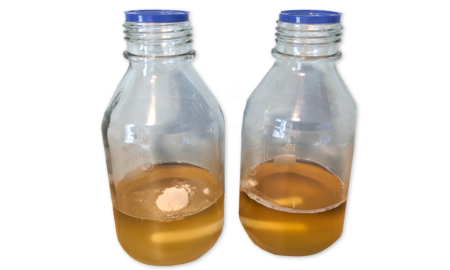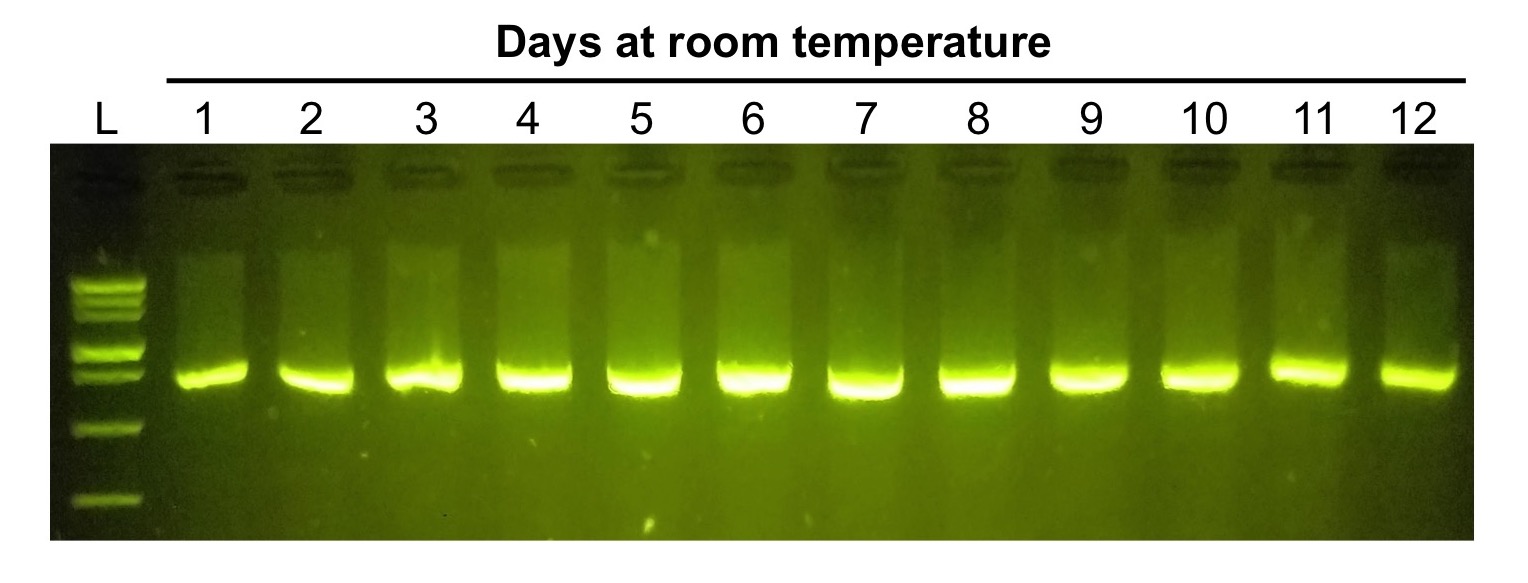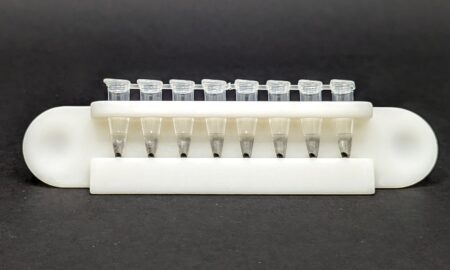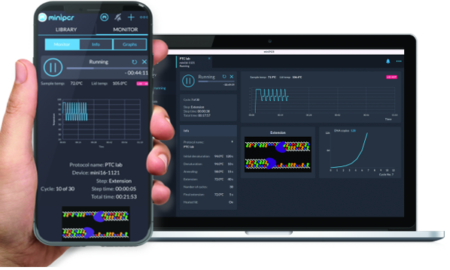How to prepare samples for DNA sequencing
DNA sequencing is a laboratory technique that allows scientists to determine the order of the nucleotides within a region of DNA. DNA sequencing has revolutionized fields such as genetics, molecular biology, and medicine.
In recent years, the accessibility of DNA sequencing technology has expanded beyond professional laboratories. Today, students in classrooms and hobbyists can prepare DNA samples for sequencing. For instance, you can contribute to citizen science projects that identify organisms like bacteria or mushrooms.
In this post, we will outline the steps needed to prepare samples for Sanger sequencing, which is the best method for sequencing short regions of DNA.
 1. Polymerase Chain Reaction (PCR) for sequencing
1. Polymerase Chain Reaction (PCR) for sequencing
- Before sending a DNA sample for sequencing, the specific region of interest is amplified using PCR.
- This involves using a pair of primers that flank the target sequence and a DNA polymerase to generate millions of copies of the region. For a more comprehensive introduction to PCR, see our PCR classroom resources.
- For tips on PCR primer design, check out our blog post.
2. Validating PCR before submission for sequencing
- Gel electrophoresis should be used to verify successful PCR amplification of the target sequence before submission for sequencing.
- If PCR was successful, your electrophoresis run should yield a single bright band of the expected size.
- If your electrophoresis run does not yield a clear result, it is possible that the concentration of sample DNA was outside of the appropriate range. Repeat the experiment with varying volumes of sample DNA in the PCR. Adjusting the amount of DNA input by 1 μl in either direction may make a positive difference. Samples with a low concentration of PCR product or non-specific amplification tend to yield poor sequencing results.
3. Cleaning up your sample for sequencing
- Sequencing services can clean your sample up for you. When submitting your sample, add “PCR Cleanup” or “PCR Purification” to remove components from the PCR that can interfere with Sanger sequencing.
4. Preparing your sample for sequencing
- Each sequencing service has specific sample submission requirements.
- Before preparing your samples, create a login on the sequencing service website and determine how they require samples to be submitted (concentration, volume, packaging, etc.).
- Sanger sequencing uses a single primer as the starting point of the sequencing reaction. Many sequencing services provide commonly used sequencing primers, but you can also provide sequencing primer(s) designed for use with your specific target DNA.
- If you are including your own sequencing primer, it is typically submitted in a separate tube from the PCR reaction.
Easy ways to get started
One of the many ways sequencing is used is to identify species using DNA barcodes. Our DNA Barcoding blog post introduces the concept and process of identifying organisms using DNA barcodes. miniPCR has two learning labs that focus on sequencing and identifying : The Mushroom ID Project: Fungal DNA Barcoding Kit and the Bacterial DNA Barcoding Project: 16S rRNA Amplification Kit.


